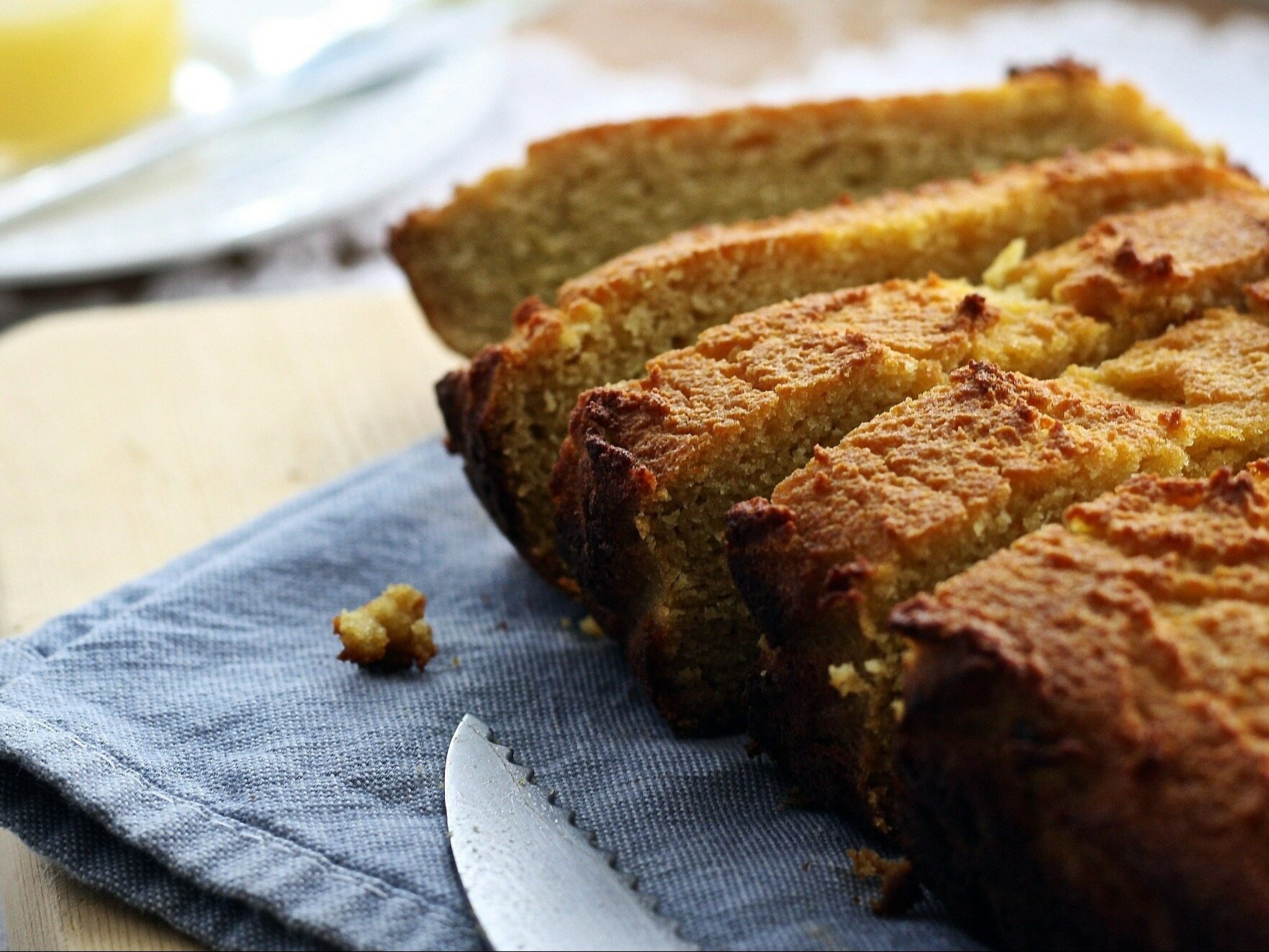A gluten-free diet is not for everyone. What is it, for whom and when not to use it?

A gluten-free diet (gluten-free diet) is a therapeutic diet used in people with celiac disease, non-celiac gluten sensitivity, wheat protein allergy, and Duhring’s disease. Although the gluten-free diet has been promoted as a healthy way of eating for some time, people without the diseases mentioned above should not use it. Giving up gluten without medical reasons may lead to deficiencies of essential nutritional ingredients. What is a gluten-free diet? We explain.
- Celiac disease – causes, symptoms, treatment
- What is gluten?
- What products contain gluten?
- Naturally gluten-free products
- Gluten-free diet – gluten-free products that may be contaminated with it
Gluten is a plant protein found in wheat, rye, triticale and barley. Gluten does not pose a threat to healthy people – on the contrary – eliminating gluten sources from the diet by a healthy person may contribute to nutritional deficiencies. A gluten-free diet is not a preventive diet. This is a therapeutic diet that people with celiac disease, as well as those suffering from gluten allergy and non-celiac gluten intolerance, must follow for the rest of their lives. Failure to follow the rules of a gluten-free diet by sick people contributes to the occurrence of serious disorders in the functioning of the digestive tract.
Celiac disease – causes, symptoms, treatment
Celiac disease (gluten-dependent celiac disease) is a chronic autoimmune disease. Celiac disease is classified as a genetic disease – it develops in people with a genetic predisposition and runs in families. Celiac disease causes impaired absorption of nutrients and leads to damage to the mucosa of the small intestine and atrophy of the intestinal villi.
Celiac disease is a disease whose development is caused by an inappropriate reaction of the immune system, which begins to destroy healthy body tissues. The symptoms of celiac disease are primarily gastrointestinal problems, but celiac disease also causes disorders in the functioning of other organs and contributes to the development of serious diseases (e.g. iron deficiency anemia). Undiagnosed and untreated celiac disease increases the risk of developing cancer of the small intestine and contributes to serious nutritional deficiencies and symptoms of malnutrition. This disease may also disturb the functioning of the nervous system and cause fertility problems.
Celiac disease is diagnosed in several forms, which differ in terms of course. The most common symptoms of celiac disease include:
-
chronic fatty diarrhea,
-
chronic watery diarrhea,
-
chronic abdominal pain,
-
flatulence,
-
weight loss,
-
inhibition of physical development and lack of weight gain in children.
Celiac disease may also manifest itself, for example, in dental enamel development disorders, osteoarticular pain, neurological disorders and psychiatric disorders. However, the dominant symptoms of celiac disease are gastrointestinal symptoms and the accompanying nutritional deficiencies, which lead to the weakening of the body.
Treatment of celiac disease includes a lifelong gluten-free diet. Eliminating products with gluten from the diet eliminates the unpleasant symptoms of celiac disease and protects against its complications.
In recent years, following a gluten-free diet has become “fashionable”. You can find a lot of false information about the gluten-free diet, including: online. A gluten-free diet is not a way to ensure good health and well-being, quick weight loss and eternal youth and longevity.. A gluten-free diet is a therapeutic diet that should not be used by healthy people.
What is gluten?
Gluten is a natural component of cereals. It is a protein found in wheat, rye, triticale and barley seeds. Uncertified oats may be contaminated with gluten, which is why many specialists recommend excluding products from this grain from the diet.
Products containing gluten do not harm the health of people who do not suffer from gluten hypersensitivity, gluten intolerance or allergy to this protein. You need to remember this because unjustified elimination of gluten from your daily diet may do more harm than good. Eliminating products containing gluten from the diet of healthy people may lead to symptoms of intolerance to this vegetable protein when it is reintroduced into the diet. Moreover, giving up eating cereal products that contain gluten means that the daily menu contains less dietary fiber and valuable vitamins and minerals, as well as carbohydrates, which are rich in whole grain cereal products.
What products contain gluten?
As already mentioned, gluten occurs in wheat, rye, triticale and barley and may also occur in uncertified oats. Certified oats are gluten-free, which means they can be part of a gluten-free diet.
Gluten is contained in the seeds of the above-mentioned cereals and food products made from them, including:
-
flour (e.g. wheat flour, rye flour),
-
groats (e.g. semolina, barley groats, oat groats),
-
pasta (e.g. durum wheat pasta, rye pasta),
-
flakes (e.g. barley flakes, rye flakes, oat flakes made from uncertified oats),
-
bran (e.g. wheat bran),
-
bread (e.g. bread made from wheat flour, bread made from rye flour, mixed bread),
-
alcoholic beverages (e.g. beer),
-
natural grain coffee.
Consuming products with gluten by people with celiac disease causes gastrointestinal symptoms and impaired absorption of nutrients in the damaged small intestine. It should be emphasized that even small amounts of products with gluten may cause disease symptoms. People diagnosed with celiac disease must follow a strict gluten-free diet.
Naturally gluten-free products
All unprocessed products except wheat, rye, barley and gluten-contaminated oats are naturally gluten-free. They do not contain gluten:
-
milk and dairy products (e.g. cottage cheese, blue cheese, yogurt, kefir, buttermilk, sour milk),
-
pseudocereals (buckwheat, amaranth, quinoa),
-
millet groats, corn groats, buckwheat groats,
-
legume seeds (e.g. beans, peas, soybeans, lentils),
-
raw meat (please remember that in the process of meat processing and production of cold cuts, products with gluten may be added, e.g. breadcrumbs),
-
all fruits,
-
all vegetables,
-
nuts,
-
rice (may be contaminated with gluten),
-
vegetable fats and animal fats,
-
cane sugar and sugar from sugar beets,
-
honey
-
spices,
-
coffee Tea,
-
chocolate and cocoa.
People following a gluten-free diet can also eat bread and sweet pastries made from flour obtained from gluten-free cereals. In stores you will find naturally gluten-free and gluten-free products marked with the crossed-out grain sign.
Gluten-free diet – gluten-free products that may be contaminated with it
During the transportation, storage and processing of various gluten-free food products, they may be contaminated with gluten. Every food manufacturer is obliged to include information on the packaging that a product that naturally does not contain gluten may have been contaminated with this vegetable protein. This applies to manufacturers whose production plants process both gluten-free and gluten-containing products.
People with celiac disease should read the labels of the food they buy to see if they contain gluten. It is worth knowing that gluten can be found not only in cereal products, but also in, among others: in cold cuts and delicatessen products, as well as ready-made dishes (e.g. soups seasoned with flour, sauces in jars, breaded cutlets and fish fingers). Products that often contain gluten and do not naturally contain this protein include: dried fruit, sweets, canned meat and canned fish. Some medications may also contain gluten.
To sum up, The gluten-free diet is a strict elimination diet that is classified as a therapeutic diet. Its use is recommended for people with celiac disease, gluten sensitivity, gluten allergy and intolerance. After consuming food with gluten, sick people experience gastrointestinal disorders. Consumption of gluten by sick people leads to atrophy of intestinal villi and damage to the small intestine, as well as impaired absorption of nutrients.
Following a gluten-free diet is not recommended for healthy people whose elimination of gluten from the diet may result in symptoms of intolerance to this vegetable protein when it is reintroduced into the diet. Moreover, eliminating natural sources of gluten from the diet by healthy people reduces the supply of valuable vitamins and minerals, as well as dietary fiber found in whole grain cereal products.
Sources:
-
Polish Association of People with Celiac Disease and on a Gluten-Free Diet, Celiac disease and the gluten-free diet – a practical guide, 16th edition, Warsaw, 2021
-
Włodarek D, Lange E, Kozłowska L, Głąbska D., Dietoterapia, Wydawnictwo Lekarskie PZWL, Warsaw, 2014
-
Mirosław Jarosz, Jan Dzieniszewski, Celiac disease Advice from doctors and dietitians, Wydawnictwo Lekarskie PZWL, Warsaw, 2005






